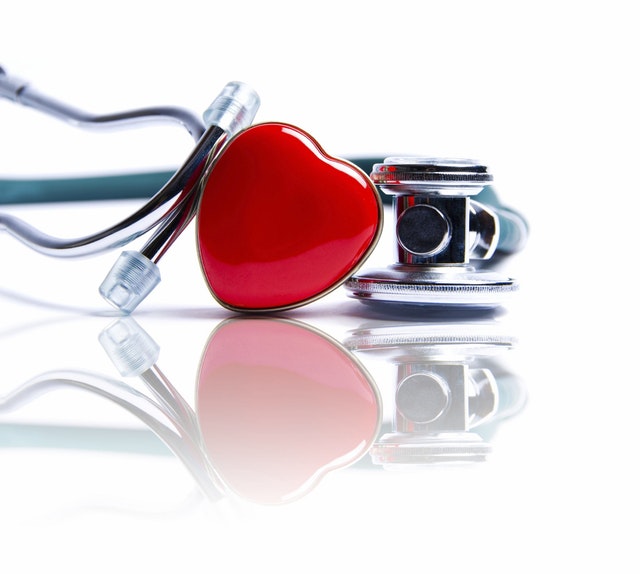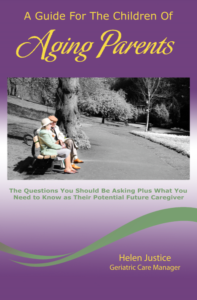Happy Heart Health Month!
February is here and Valentines is around the corner. In celebration of the heart theme, let’s all take a moment and do something to help out our own heart’s health. Take care of you’re heart and it will take care of you!
Reposted from www.goredforwomen.org/
1. Get active
Daily physical activity increases your length and quality of life. If you get at least 30 minutes of moderate physical activity each day (like brisk walking), five times per week, you can almost guarantee yourself a healthier and more satisfying life while lowering your risks for heart disease, stroke and diabetes.
What To Do
Start by learning the basics about fitness. Also, children need 60 minutes a day–every day–of physical activity, so find ways to workout with your kids to help ensure their heart health in addition to your own.
2. Control cholesterol
When you control your cholesterol, you are giving your arteries their best chance to remain clear of blockages. Cholesterol is a waxy substance and our bodies use it to make cell membranes and some hormones, but when you have too much bad cholesterol (LDL), it combines with white blood cells and forms plaque in your veins and arteries. These blockages lead to heart disease and stroke.
What To Do
Try these tips to lower cholesterol with diet and foods.
3. Eat better
Healthy foods are the fuel our bodies use to make new cells and create the energy we need to thrive and fight diseases. If you are frequently skipping out on veggies, fruit, low-fat dairy, fiber-rich whole grains, and lean meats including fish, your body is missing the basic building blocks for a healthy life.
What To Do
Want more ways to eat better? Try these tips:
- Track what you eat with a food diary
- Eat vegetables and fruits
- Eat unrefined fiber-rich whole-grain foods
- Eat fish twice a week
- Cut back on added sugars and saturated fats
4. Manage blood pressure
High blood pressure is a major risk factor for heart disease and stroke. When your blood pressure stays within healthy ranges, you reduce the strain on your heart, arteries, and kidneys which keeps you healthier longer.
High blood pressure, also known as hypertension, means the blood running through your arteries flows with too much force and puts pressure on your arteries, stretching them past their healthy limit and causing microscopic tears. Our body then kicks into injury-healing mode to repair these tears with scar tissue. But unfortunately, the scar tissue traps plaque and white blood cells which can form into blockages, blood clots, and hardened, weakened arteries.
What To Do
To manage blood pressure, you should:
- Eat a heart-healthy diet, which includes reducing sodium
- Get regular physical activity and maintain a healthy weight
- Manage stress, limit alcohol and avoid tobacco smoke.
5. Lose weight
If you have too much fat — especially if a lot of it is at your waist — you’re at higher risk for such health problems as high blood pressure, high blood cholesterol and diabetes. If you’re overweight or obese, you can reduce your risk for heart disease by successfully losing weight and keeping it off. Even losing as few as five or ten pounds can produce a dramatic blood pressure reduction.
What To Do
Calculate your body mass index (BMI) to help you determine if you need to lose weight.
6. Reduce blood sugar
Most of the food we eat is turned into glucose (or blood sugar) that our bodies use for energy. Your body makes a hormone called insulin that acts like a carrier to take your food energy into your cells. If your fasting blood sugar level is below 100, you are in the healthy range. If not, your results could indicate diabetes or pre-diabetes.
Although diabetes is treatable and you can live a healthy life with this condition, even when glucose levels are under control it greatly increases the risk of heart disease and stroke. In fact, most people with diabetes die
from some form of heart or blood vessel disease.
What To Do
The following tips can all help reduce your blood sugar:
- Reduce consumption of simple sugars that are found in soda, candy and sugary desserts
- Get regular physical activity! Moderate intensity aerobic physical activity directly helps your body respond to insulin
- Take medications or insulin if it is prescribed for you
7. Stop smoking
Cigarette smokers have a higher risk of developing cardiovascular disease. If you smoke, quitting is the best thing you can do for your health. Smoking damages your entire circulatory system, and increases your risk for coronary heart disease, hardened arteries, aneurysm and blood clots. Like a line of tumbling dominoes, one risk creates another. Blood clots and hardened arteries increase your risks for heart attack, stroke and peripheral artery disease. Smoking can also reduce your good cholesterol (HDL) and your lung capacity, making it harder to get the physical activity you need for better health.
What To Do
Whatever it takes for you to stop smoking, it is worth it! Visit the American Heart Association’s Quit Smoking website for tools and resources.



Stay Up To Date With AWGCM